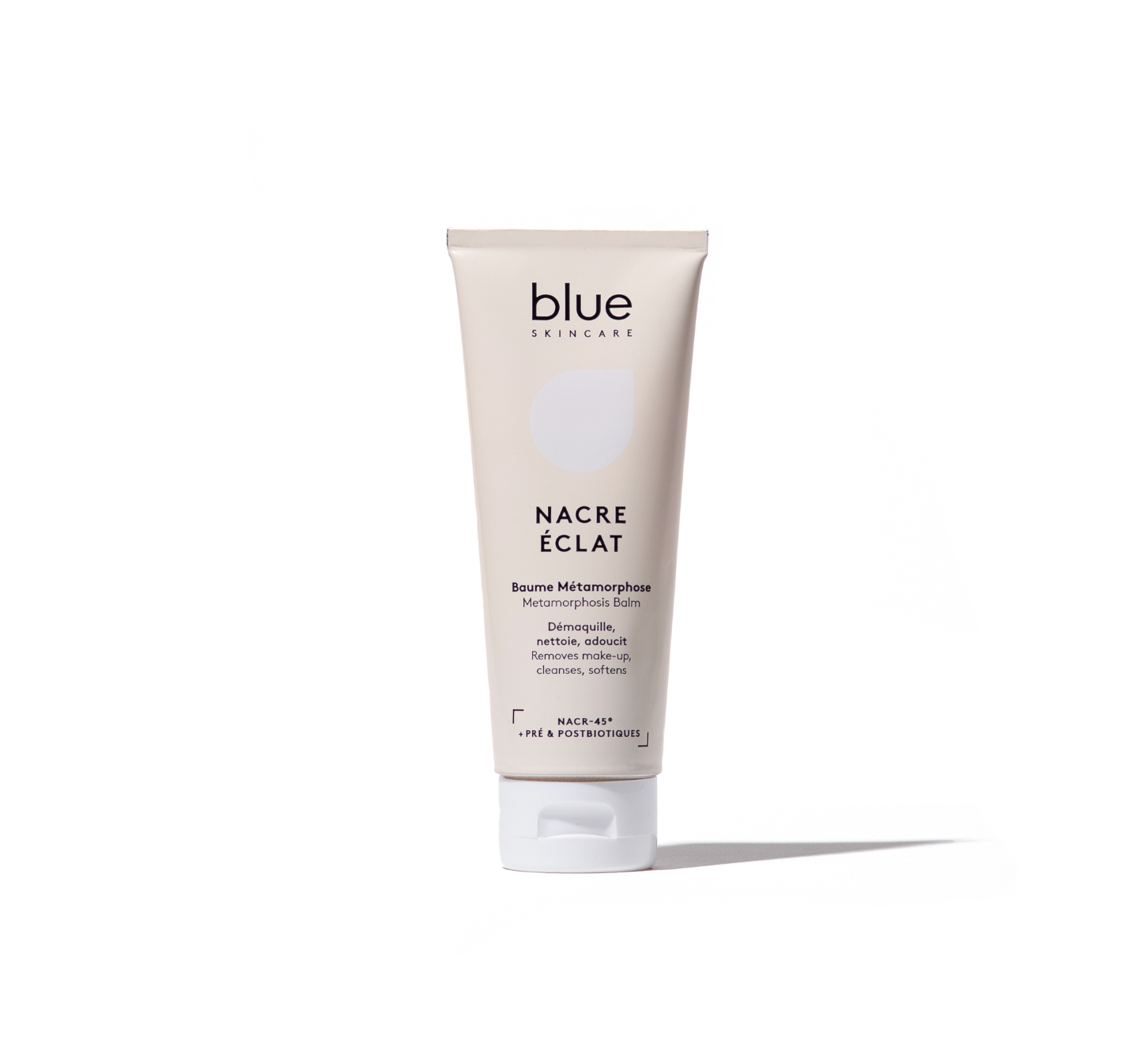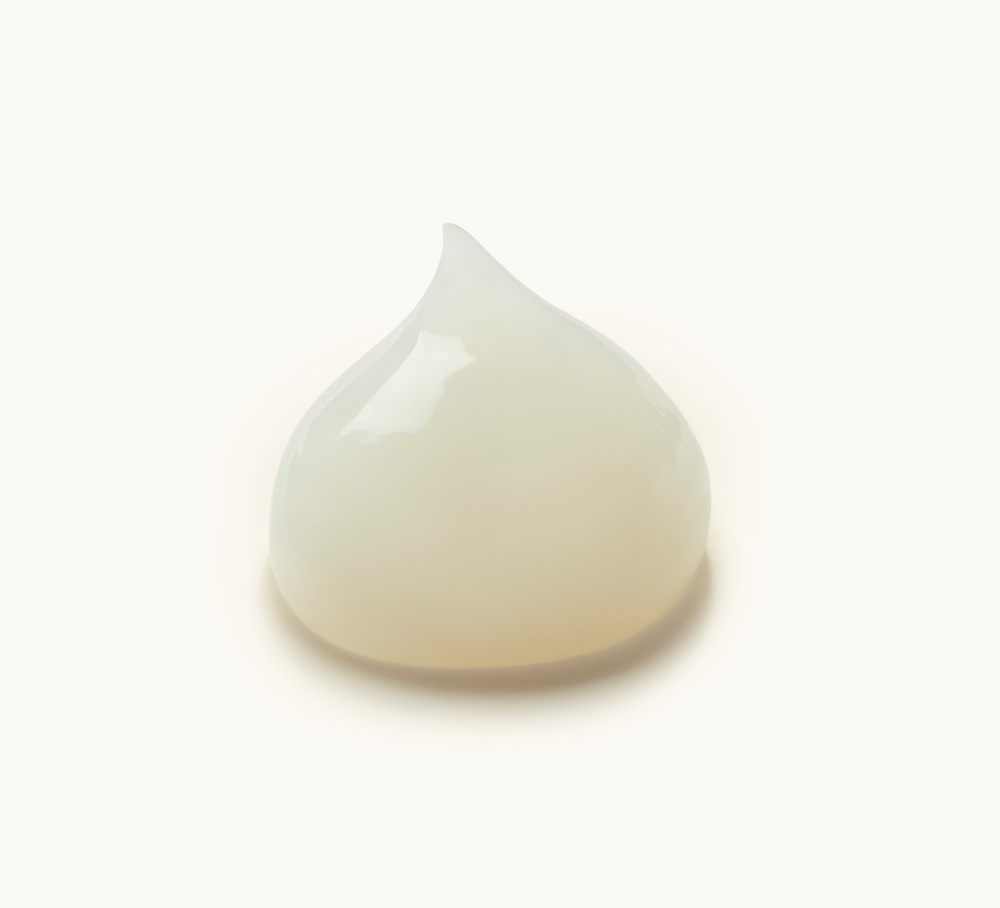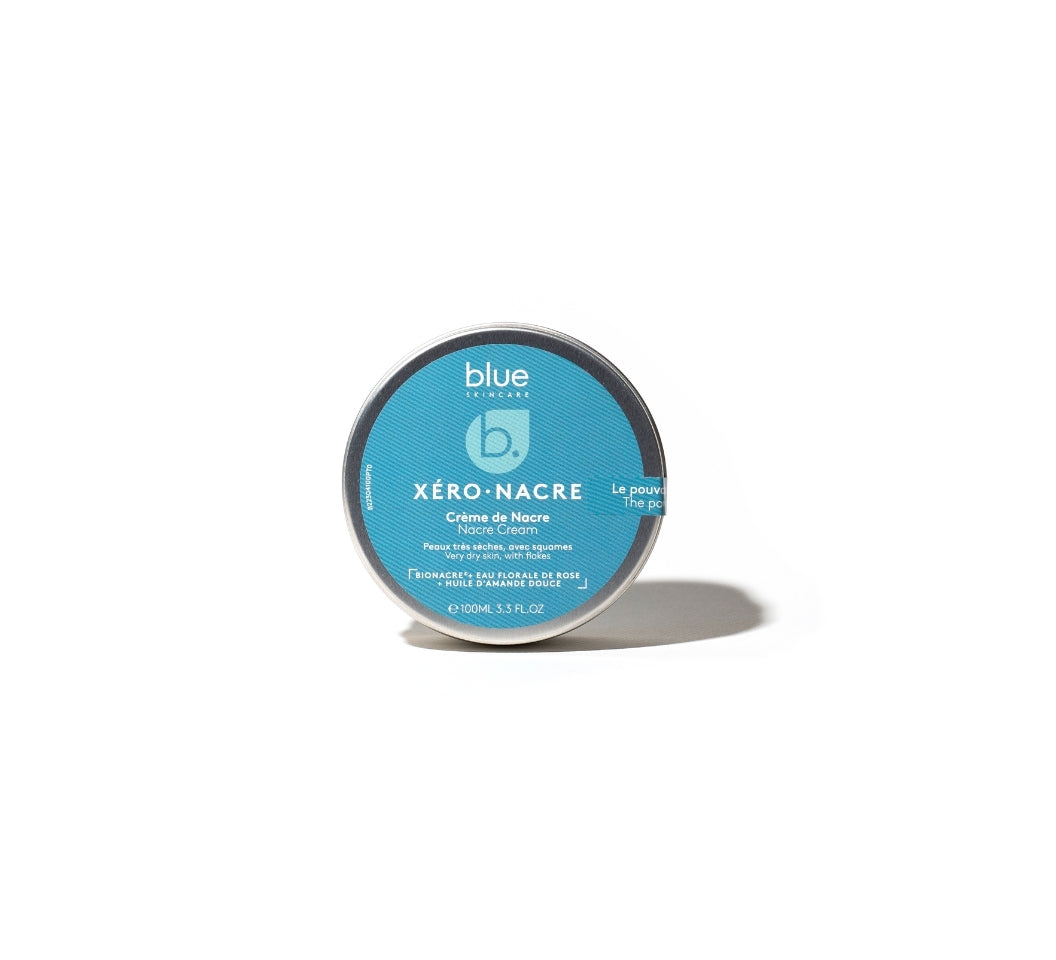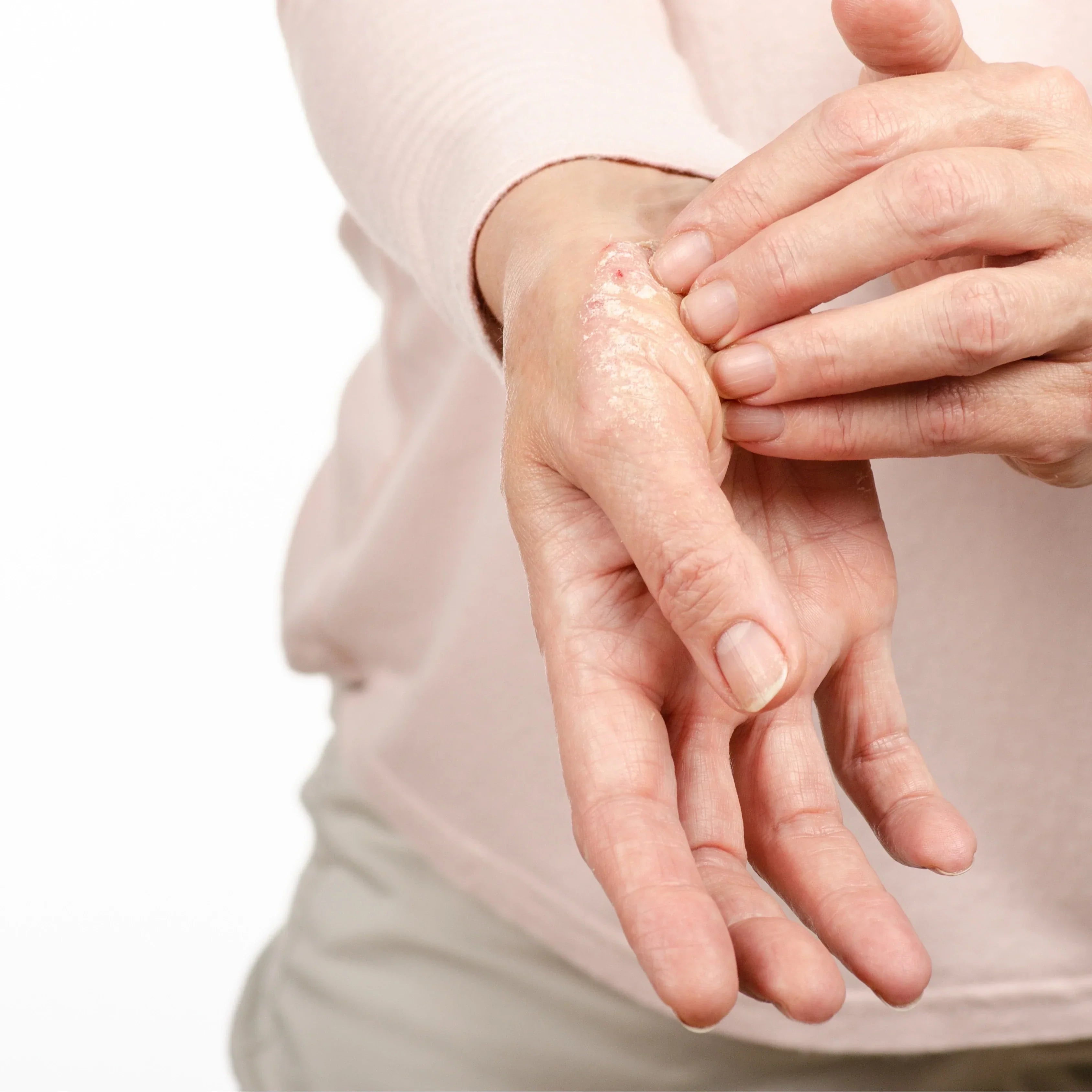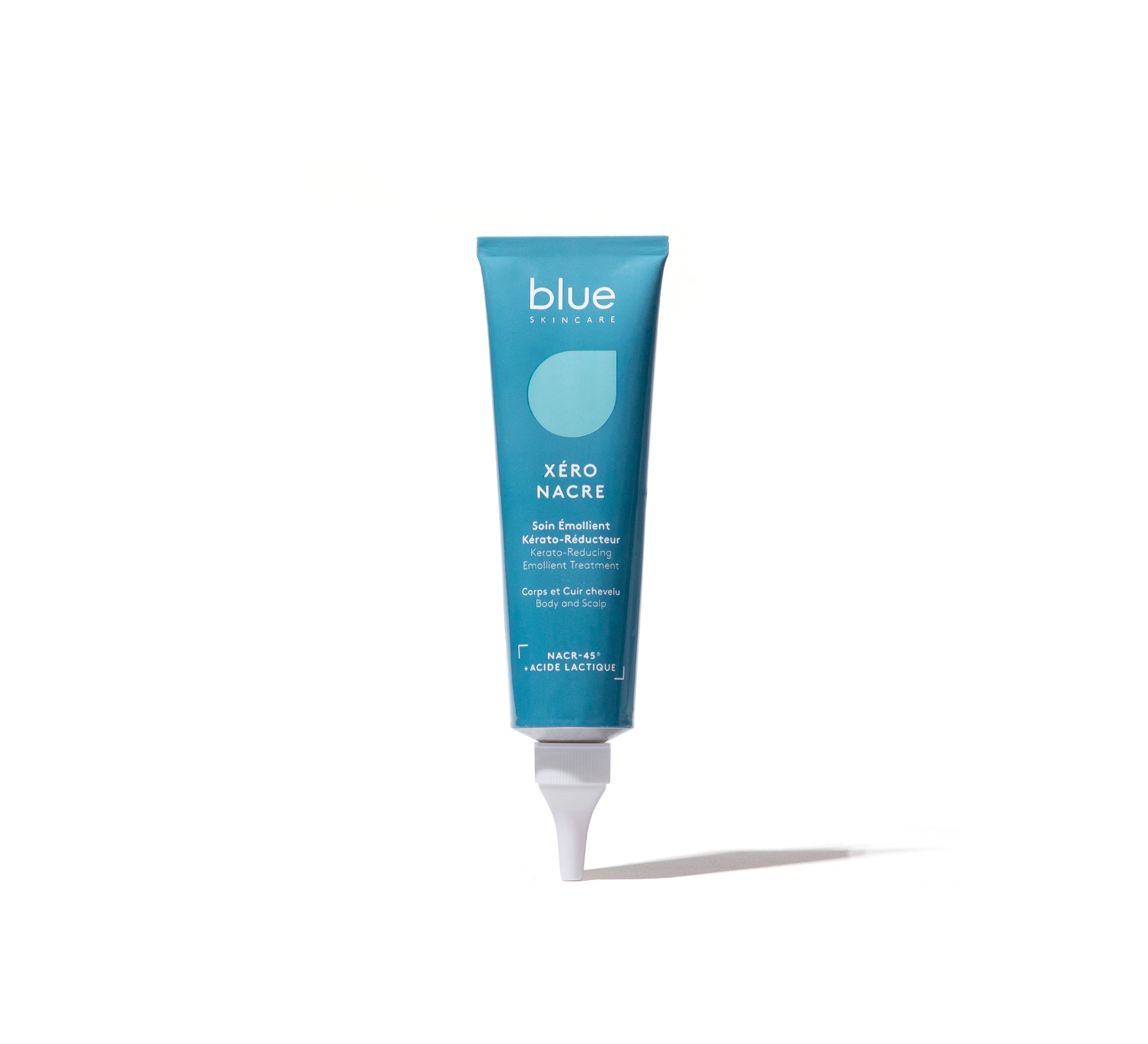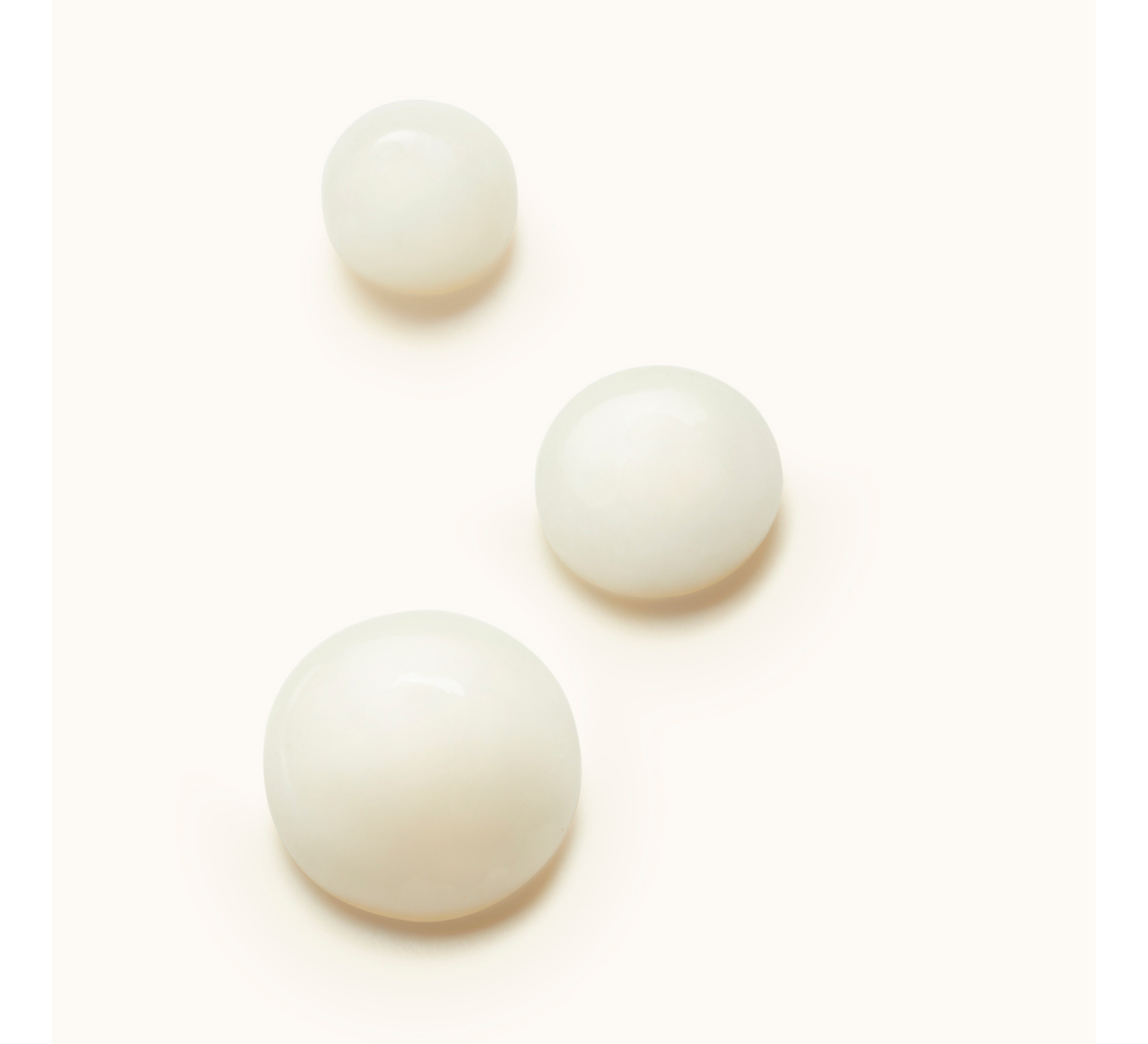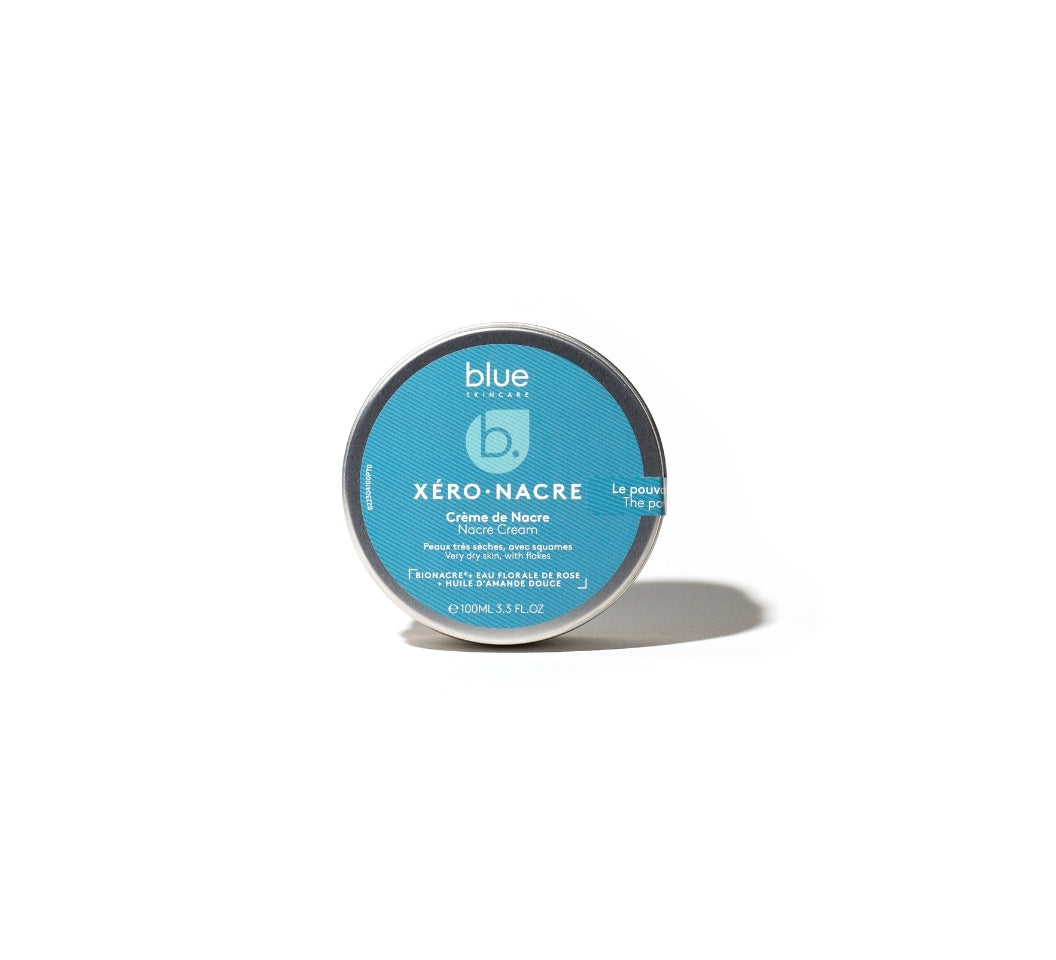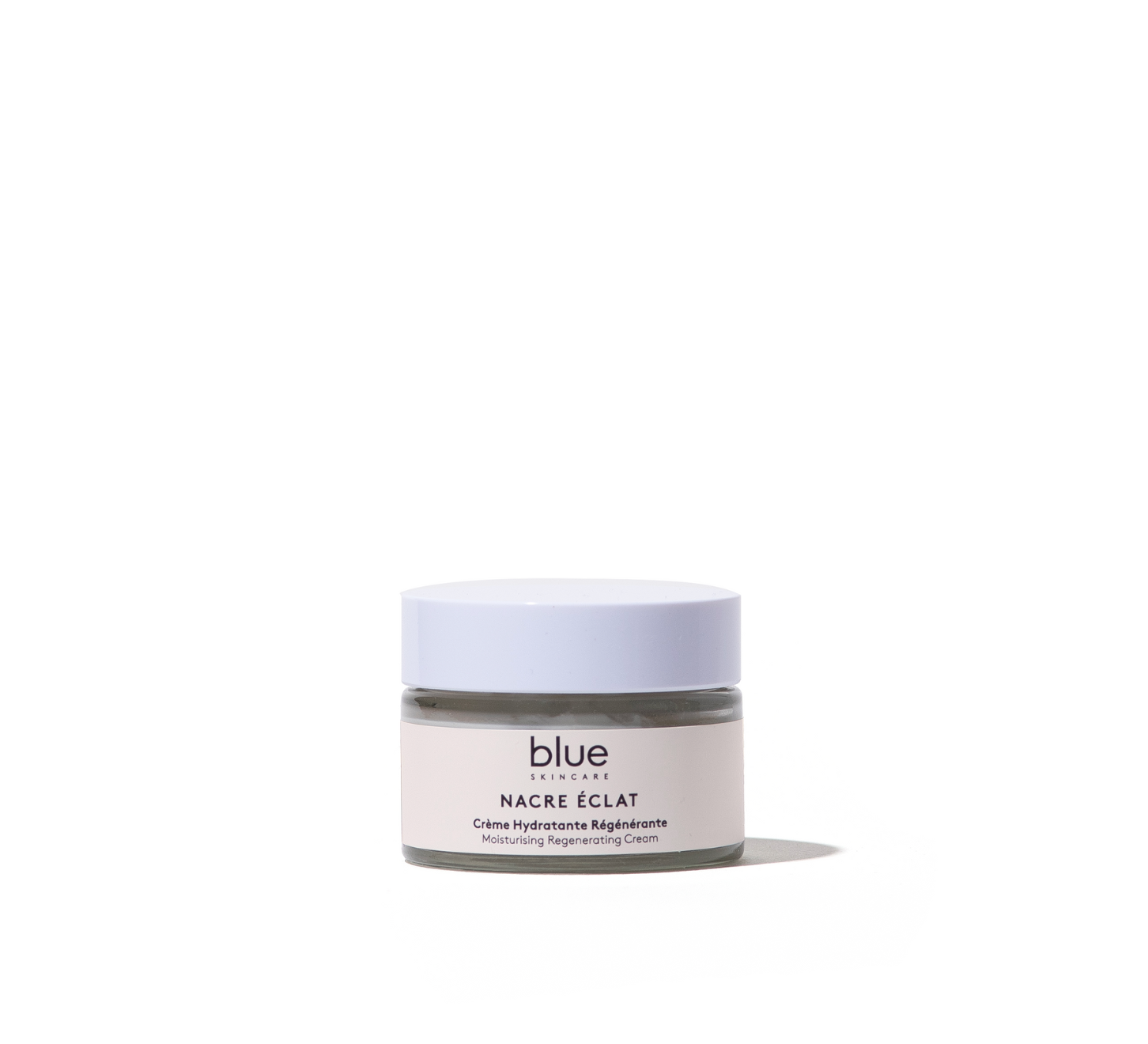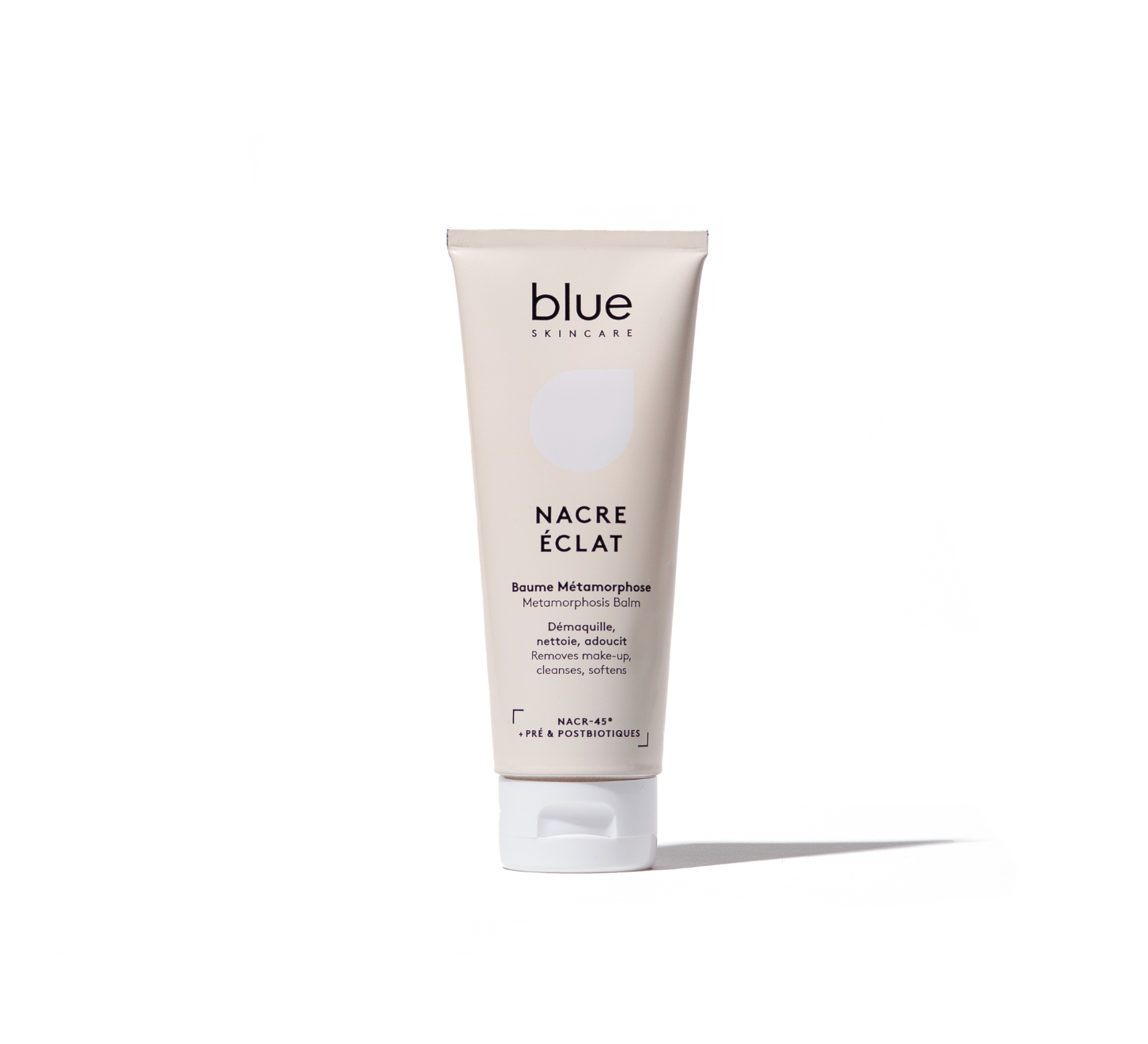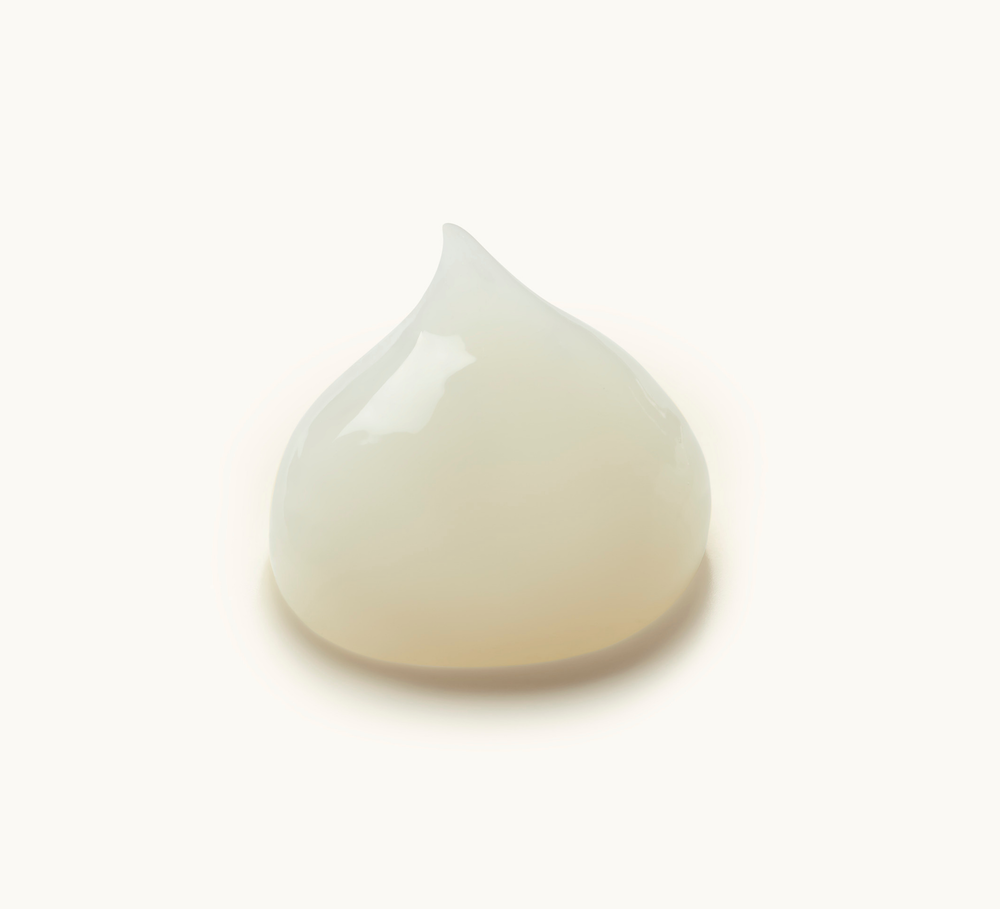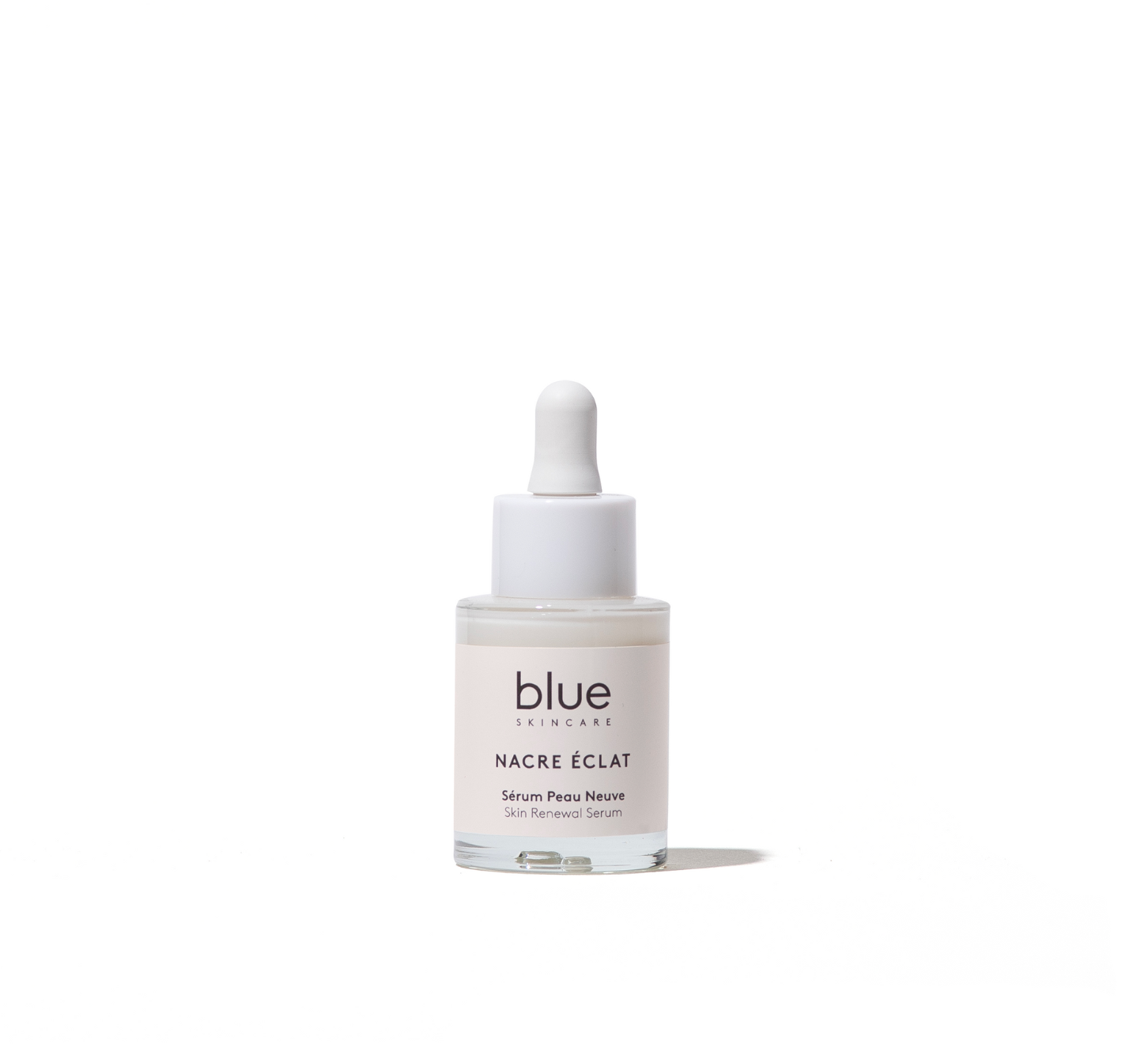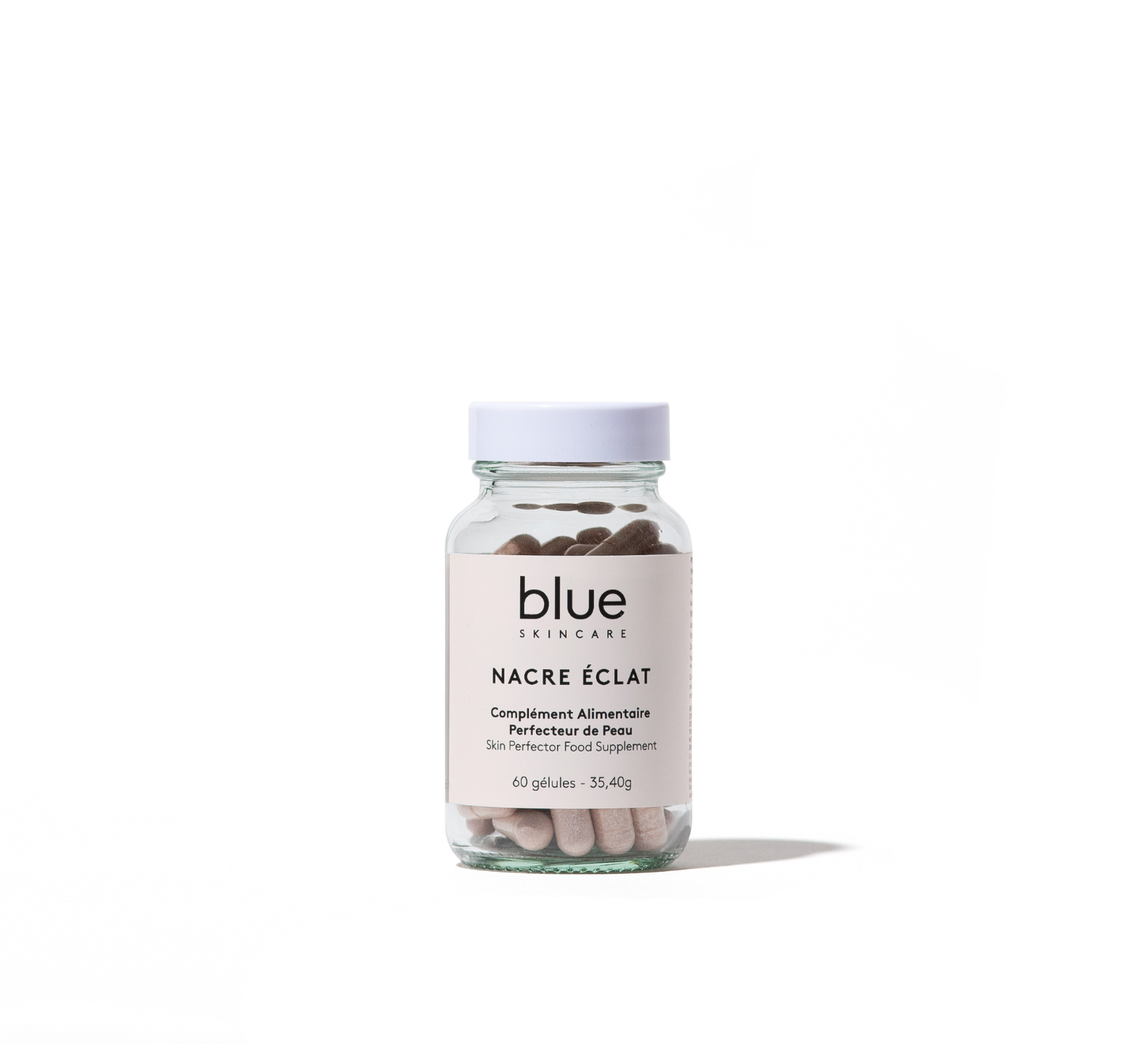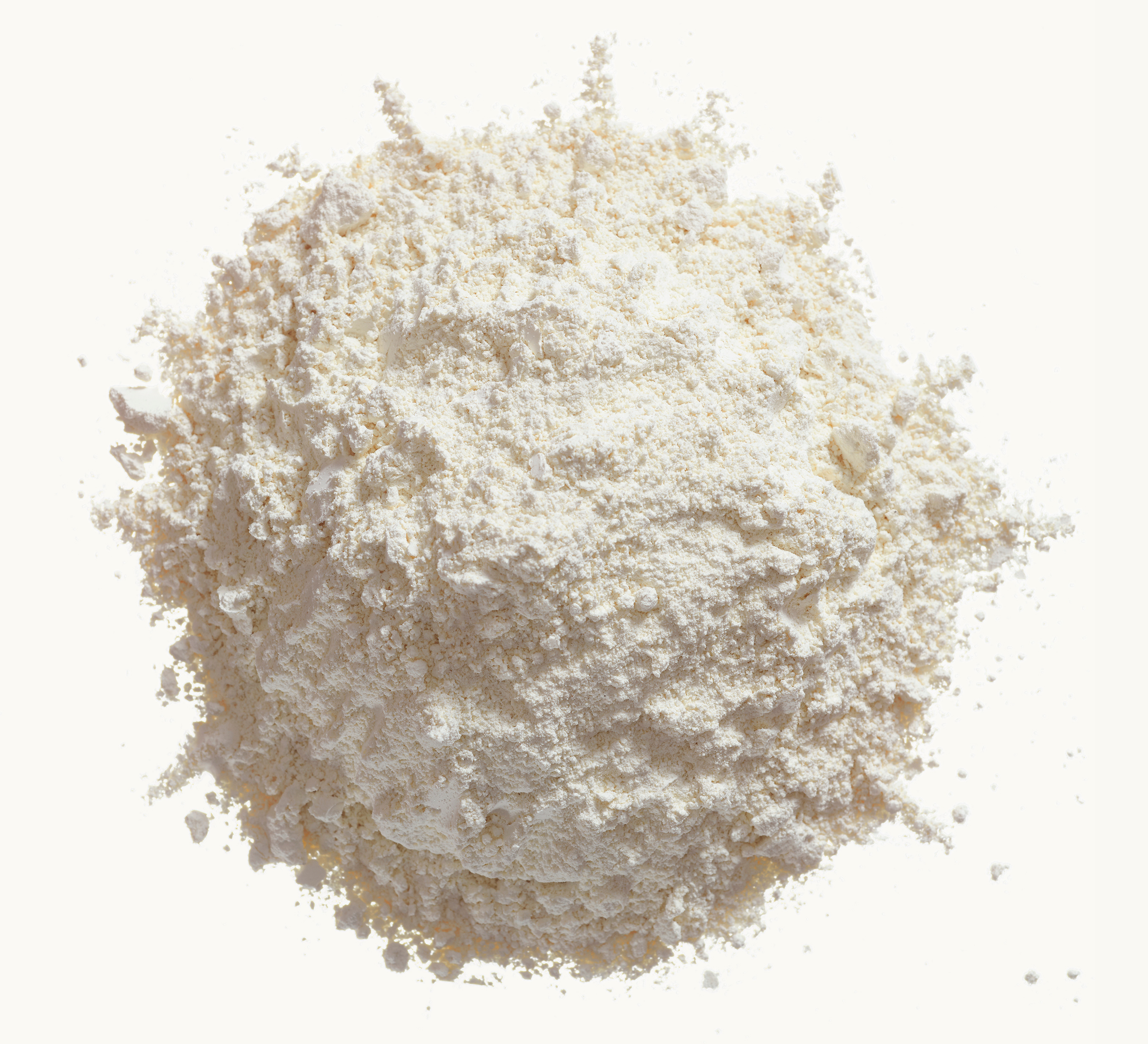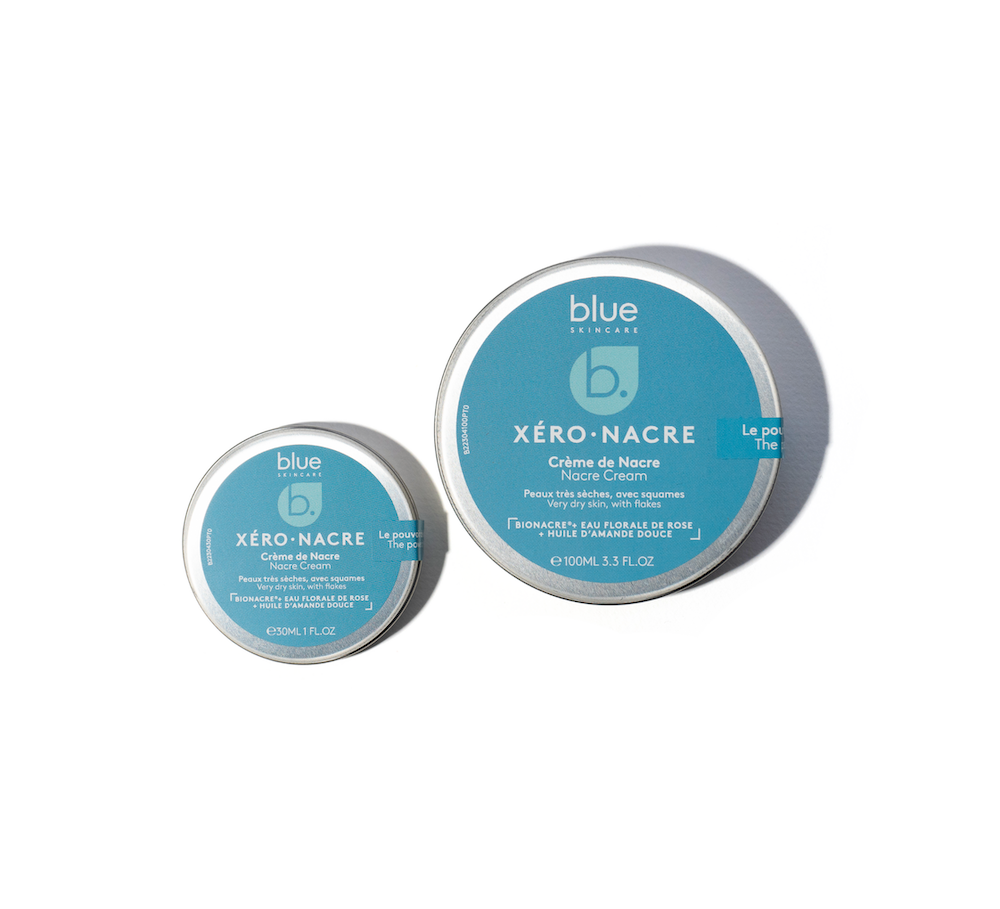Psoriasis or atopic dermatitis: distinguishing between skin diseases
The skin, our largest organ, is sometimes the site of various dermatological conditions. Two of these conditions, psoriasis and atopic dermatitis, may present similar symptoms but are actually distinct diseases.
Psoriasis: A complex skin disease
Psoriasis is a chronic, inflammatory skin disease that affects millions of people worldwide. Psoriasis is characterized by thick, red, and scaly patches of skin that can appear on various parts of the body, including the elbows, knees, scalp, back, and chest. One of the most common symptoms of psoriasis is intense itching. Here is a list of the most common symptoms of psoriasis:
Symptoms of Psoriasis:
-
Thick plaques and scaly conditions
-
Severe itching
-
Rough skin
-
Possibility of nail damage
-
Often diagnosed in adulthood
Psoriasis can be triggered or aggravated by factors such as stress, infections, skin injuries, and certain medications. Treatments aim to reduce inflammation and ease symptoms, but there is no definitive cure for this disease.
Atopic Dermatitis (Eczema): A Common Skin Condition
Atopic dermatitis, also known as eczema, is a chronic skin condition that primarily affects atopic skin, i.e., sensitive skin prone to allergic reactions. It is characterized by red patches, intense itching, and in severe cases, oozing skin lesions.
Symptoms of atopic dermatitis:
-
Red, oozing patches
-
Intense itching
-
Increased skin sensitivity
-
Often diagnosed in childhood, sometimes in infants
Atopic dermatitis is often hereditary and can be triggered by food allergies, environmental allergens, and skin irritants. Treatments include moisturizing the skin, using anti-inflammatory creams, and managing allergic triggers.
Similarities between psoriasis and atopic dermatitis
Although psoriasis and atopic dermatitis are distinct skin diseases, they have some similarities, including:
-
Intense itching:
Both conditions cause intense itching, which can be particularly uncomfortable for sufferers.
-
Skin involvement:
Both diseases affect the skin, causing lesions, redness, and plaques. However, the nature of these lesions is different.
-
Often diagnosed in childhood:
Both psoriasis and atopic dermatitis can be diagnosed at a young age. Atopic dermatitis is more common in infants and children, while psoriasis is usually diagnosed in adulthood.
-
Impact on quality of life:
Both conditions can have a significant impact on patients' quality of life, affecting their emotional well-being and self-confidence.
Key differences between psoriasis and atopic dermatitis
Although both diseases share symptoms such as itching and skin patches, there are key differences between psoriasis and atopic dermatitis:
-
Nature of skin lesions:
Psoriasis plaques are usually thick, red, and scaly, while atopic dermatitis causes red, oozing, and sometimes crusty lesions.
-
Location of the plates:
Psoriasis plaques tend to appear on the elbows, knees, scalp, back, and chest, while atopic dermatitis often affects the creases of the elbows and knees, the face, and hands.
-
Age of diagnosis:
The diagnosis of psoriasis or atopic dermatitis can vary depending on the individual. However, here is the general age at which these skin conditions are diagnosed:
Psoriasis: Psoriasis is usually diagnosed in adulthood, often between the ages of 20 and 40. However, it can appear at any age, including childhood and adolescence.
Atopic dermatitis or eczema: Atopic dermatitis is frequently diagnosed in childhood, usually in infants or young children. However, it can persist into adulthood.
It is important to note that these conditions can be diagnosed at any stage of life, and the timing of diagnosis can vary considerably from person to person. Early diagnosis and appropriate management are essential to improve the quality of life of people with psoriasis or atopic dermatitis.
If you suspect any of these conditions, it is recommended that you consult a dermatologist or healthcare professional for an accurate diagnosis and advice on management and treatment.
FAQ
What are the common triggers for psoriasis and atopic dermatitis?
Common triggers for psoriasis and atopic dermatitis include stress, climate changes, skin irritants such as soaps and detergents, and certain foods.
Allergic reactions can also exacerbate these conditions. Understanding these triggers can help better manage symptoms and reduce the frequency of flare-ups.
Can you have both psoriasis and atopic dermatitis?
It is possible to have both psoriasis and atopic dermatitis, although this is relatively rare. These two disorders share some inflammatory mechanisms, but they have distinct characteristics and treatments.
People with both conditions should follow treatment protocols tailored to each disorder to effectively manage symptoms.
Are there any effective natural remedies for psoriasis and atopic dermatitis?
There are several natural remedies that can help manage the symptoms of psoriasis and atopic dermatitis. The most common include using natural oils like coconut oil to moisturize the skin, applying aloe vera to soothe inflammation, or using a psoriasis -reducing cream . You can also rely on psoriasis creams that will reduce flakes and moisturize your skin.
